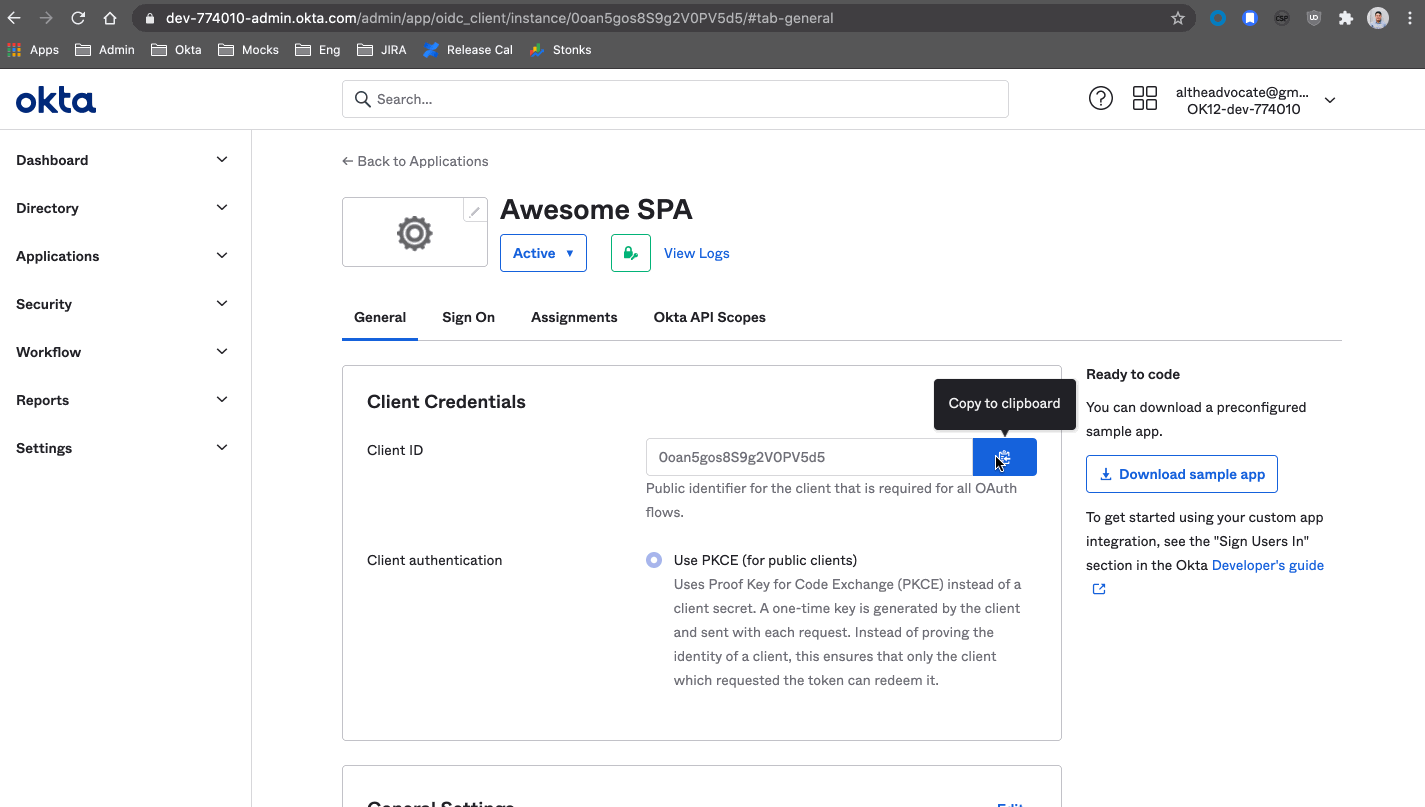- April 6, 2021
- by:
- in: Blog
Digital transformation is the name of the game these days, and companies that are enabling businesses to take a leap into the future, by helping them tackle their most complex operations, are reaping the rewards. In the latest development, OneStream, a startup that provides a toolkit of services to enterprises to help them run financial
Digital transformation is the name of the game these days, and companies that are enabling businesses to take a leap into the future, by helping them tackle their most complex operations, are reaping the rewards. In the latest development, OneStream, a startup that provides a toolkit of services to enterprises to help them run financial operations (for example, reporting, planning, tax and more), has raised $200 million in primary equity. The funding values OneStream at $6 billion.
D1 Capital Partners led the financing, with participation from Tiger Global and Investment Group of Santa Barbara (IGSB), the company said. Tiger Global and D1 appear to share at least one common backer, Tiger Management, which may be one reason why you see them together in many big deals.
The company plans to use the funding to continue building out the tools that it provides to customers, and to keep up with demand for its services as more customers replace legacy applications and very basic, spreadsheet-based operations.
“We remain sharply focused on delivering innovative planning, reporting and analysis solutions designed to help our customers succeed for today’s fast-paced and increasingly complex business environment,” said Tom Shea, CEO of OneStream Software, in a statement. “The valuation we received is great recognition of the value our employees and stakeholders have helped to create, as well as the exciting opportunities ahead for OneStream.”
To put these large numbers into some context, OneStream was valued at $1 billion only two years ago, when KKR took a majority stake in the company worth more than $500 million. The company’s CFO Bill Koefoed has confirmed to us that KKR will continue to be “substantially OneStream’s largest shareholder and remains a very supportive investor”. The company meanwhile appears to be holding off any plans for going public for the time being — despite some possible hints that it was considering that move.
“OneStream is currently focused on delivering 100% customer access, continuing to grow the business and creating value for stakeholders,” Koefoed said. “IPO is a potential exit and OneStream is preparing to be a public company. However, there is no specific timeline.”
The growth in valuation, meanwhile, reflects the surge of business that OneStream has seen in the last two years, and in particular in the last 12 months, as companies have been compelled to update their systems to work more efficiently and flexibly amid the Covid-19 pandemic and the impact it has had around in-person interactions. OneStream said annual recurring revenue grew 85% in 2020, with customers growing by 40% to 650 enterprises.
The company’s focus is specifically in the area commonly called corporate performance management (CPM), which includes a number of the financial corporate operations that a company runs behind the scenes to keep its business ticking.
Some of these would have fallen to a range of software providers, and much of the work would have been carried out by way of on-premise solutions, with companies like SAP, Oracle Hyperion, IBM dominating the space with all-in solutions, and others like Anaplan and Blackline providing point solutions addressing specific aspects of those functions.
But as with other areas of enterprise services, the advances of technology and software have created opportunities to take a lot of that functionality into the cloud and to run the processes across a single system to improve analytics and efficiency, and that has provided an opportunity to the likes of OneStream.
The impact of the pandemic should not be underestimated in this trend, and it was one that OneStream was able to nail because its software can be used across disparate teams and can draw a direct line to helping companies manage their finances better. And unlike a lot of tech companies that raise venture funding, one interesting detail with OneStream is that it has extended its customer base well outside the realm of technology companies and other early adopters. Those using its software include the likes of Fruit of the Loom, McCain (the frozen fries king), and AAA, but also Takeaway.com, the Carlyle Group and many others.
“The pandemic accelerated OneStream’s business given that it was a wake-up call for many companies that had not digitally transformed their key finance processes,” said Koefoed. “As a result, we have seen increased demand from companies who were using spreadsheets or legacy CPM applications to manage their financial close, consolidation, reporting, planning and forecasting processes… They are better able to keep their finance teams connected and collaborating while physically dispersed. In addition, we have seen many organizations increasing the frequency of their forecasting and scenario modeling from quarterly or monthly to weekly and daily in some cases, especially during the early days of the pandemic when modeling revenue and cash flow was critical.”
For investors, the interest more specifically was how OneStream managed to add more customers away from competitors in the last year.
“OneStream’s platform delivers exceptional customer value,” said Andrew Wynne, a principal at D1 Capital Partners, in a statement. “Management’s intense focus on customer success has enabled OneStream to capture significant market share from incumbents, while posting strong growth in both revenue and customer acquisition. We believe OneStream has both the vision and product required to be a dominant force in its industry.”
Going forward, it sounds like the company will continue to build on what it has already established. That will include more business into Asia Pacific alongside its current operations in North America and Europe, Koefoed said. It will also use its foothold in finance and providing services to the finance department to make inroads into other areas that link closely to money management: money spending and revenue generation, with tools to plan and operate in areas like HR, IT, sales, marketing, supply chain management “and other areas to ensure alignment and optimal resource allocations,” he added.











